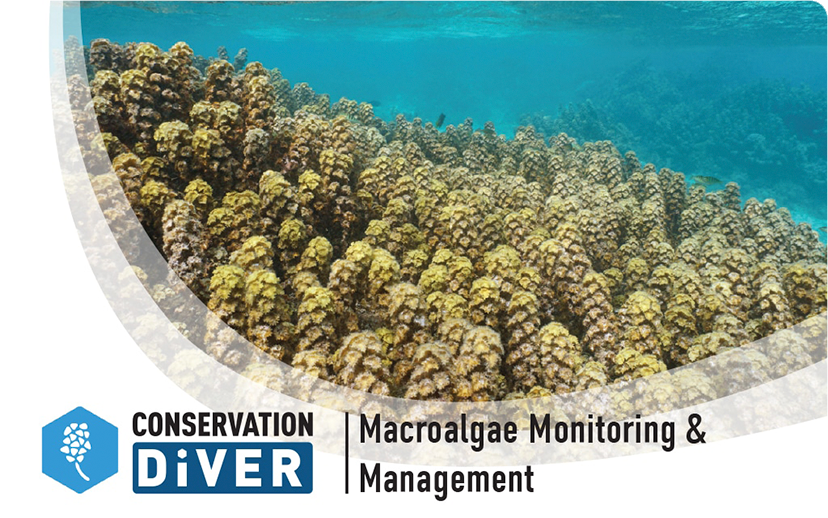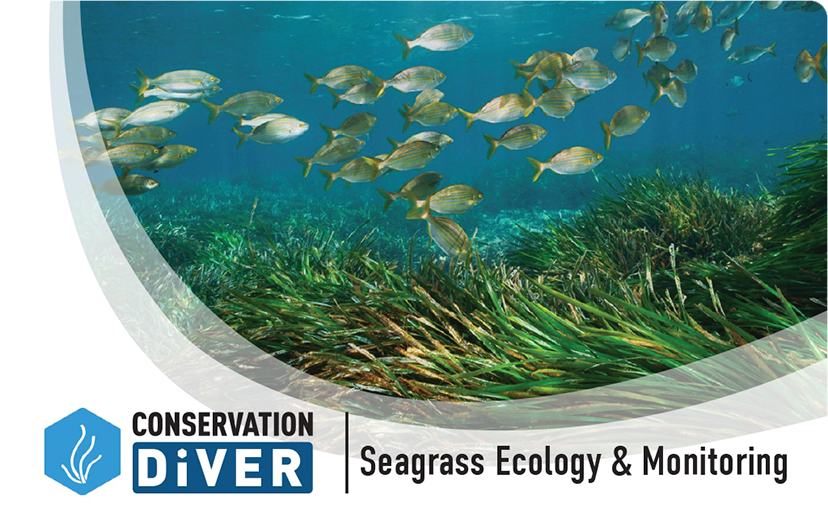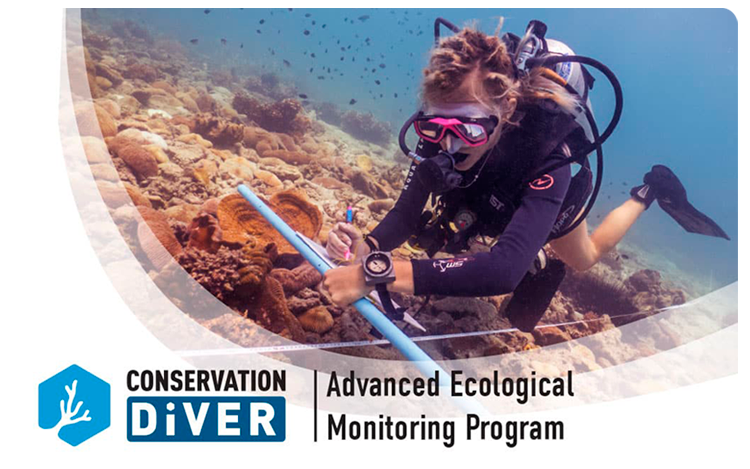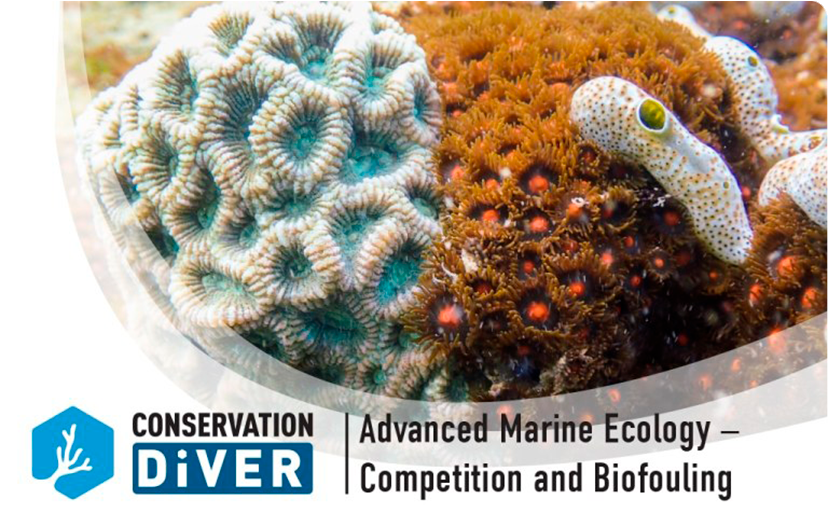
Coral Taxonomy & Identification
Being able to accurately identify corals by their family and species is vital for any research, monitoring, and restoration courses. It is also a great way to learn more about their evolutionary and life history, and gain a new appreciation and love for their diversity. In this course, you will learn how to identify corals underwater based on their anatomical features, and on land based on their skeletal features. You will also learn tips and tricks to remembering the names and how to ID them underwater. Depending on where you take the course, you will learn the most common species in your area, but have the tools to learn the species wherever you dive next.
Understand the taxonomic system for classifying hard corals.
Learn to recognize the names of coral families and genera.
Discover mnemonic techniques to remember Latin names effectively.
Gain familiarity with coral anatomy and skeletal features for identification.
Program Eligibility and Requirements
To join the Advanced Ecological Monitoring Program, participants need to meet the following criteria:
- Age Requirement: Applicants must be 12 years of age or older.
- Diver Certification: Applicants should hold certification as an Advanced diver from a recognized diving organization such as PADI, SSI, RAID, or similar. Alternatively, Open Water divers can be eligible if they have successfully completed a buoyancy appraisal under the guidance of a professional diver.
- Diving Proficiency: Applicants need to showcase advanced diving skills, including excellent buoyancy control and self-awareness.
- Certifications: Interested individuals must have completed the following certifications offered by our program:
Upon Enrollment in the Course, participants will be required to:
- Attend 1 Coral Taxonomy and Identification lecture
- Practice identifying corals on land with the EMP book or CoralFinder Guide (By BYO Guides), using specimens
- Perform 1 coral taxonomy identification dive learning how to coral anatomy and skeletal morphology
- Perform 1 survey dive specifically taking data on coral genera – can either be the EMP substrate dive, coral disease survey, or a quadrat survey
- Be able to accurately identify at least 10 of the most common coral genera to the region
- Complete the final quiz











